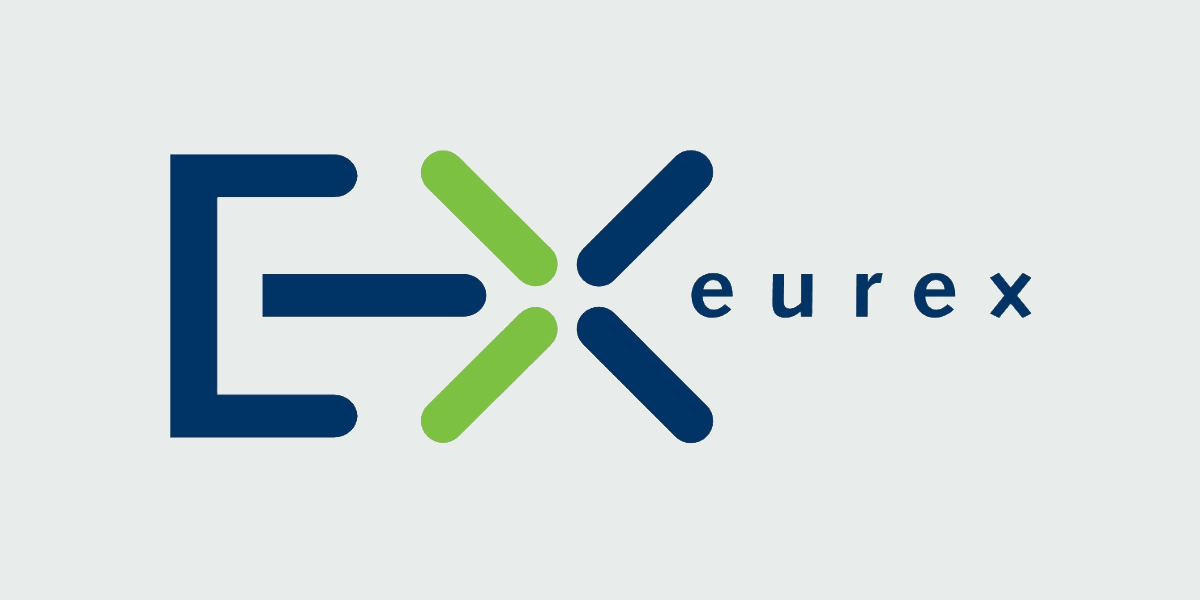
Opening and closing times of the world’s major stock exchanges
Anyone who trades on any kind of exchange must build their trading strategy based on the interplay of the schedules of global markets. The cycles of a trader’s day are dictated by when different markets open and close, and how their trading sessions overlap.
Here’s a chart of the trading sessions of the top stock markets in local time and GMT+2.
| Stock exchange | Local timezone | Operating hours in local time | Operating hours in Spain (GMT+2) |
| New York (NYSE) and NASDAQ | EST/EDT | 9:30 a.m. - 4:00 p.m. | First Sunday in November - Second Saturday in March: 3:30 p.m. - 10:00 p.m.Second Sunday in March - First Saturday in November: 4:30 p.m. - 11:00 p.m. |
| London (LSE) | GMT | 8:00 a.m. - 4:30 p.m. | 10:00 a.m. - 6:30 p.m. |
| Tokyo (TSE) | JST | 9:00 a.m. - 11:30 a.m.12:30 p.m. - 3:00 p.m. | 2:00 a.m. - 4:30 a.m. 5:30 a.m. - 8:00 a.m. |
| Shanghai (SSE) | CST | 9:30 a.m. - 11:30 a.m.1:00 p.m. - 3:00 p.m. | 3:30 a.m. - 5:30 a.m.7:00 a.m. - 9:00 a.m. |
| Hong Kong (HKEX) | HKT | 9:30 a.m. - 12:00 p.m.1:00 p.m. - 4:00 p.m. | 3:30 a.m. - 6:00 a.m.7:00 a.m. - 10:00 a.m. |
| Frankfurt (FWB) | CET/CEST | 9:00 a.m. - 5:30 p.m. | 9:00 a.m. - 5:30 p.m. |
| Sydney (ASX) | AEST* | 10:00 a.m. - 4:00 p.m. | 2:00 a.m. - 8:00 a.m. |
| Madrid (SIBE) | CET | 9:00 a.m. - 5:40 p.m. | 9:00 a.m. - 5:40 p.m. |
*The region where Sydney is located observes Daylight Saving Time from the first Sunday in October to the first Sunday in April.
Pre-market and after-hours trading in US markets
You can do business on the New York Stock Exchange and the Nasdaq during certain off-hours times - for five and a half hours before opening, and for four hours after closing. This is for those who want to strike the iron of market shifts that happen outside of business hours while it’s hot. It’s not a very liquid period to trade.
